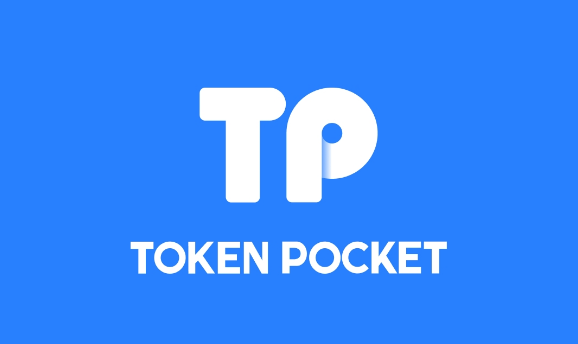After downloading the latest version of TokenPocket cold wallet through the TokenPocket official website, you can install and use it. Cold wallets offer advantages such as offline storage of private keys, multi-currency support, advanced security features, ease of use, and 24/7 customer support.

How to download and use the latest version of TokenPocket cold wallet
Download the latest version
- Visit TokenPocket official website: https://www.tokenpocket.pro/
- Click "Cold Wallet" in the menu bar at the top of the page.
- Find the download link for your device in the Downloads section.
Installation and use
-
Install the cold wallet: After the download is complete, follow the prompts to install the cold wallet software.
-
Create wallet: Open the cold wallet software and create a new wallet or import an existing wallet.
-
Backup Mnemonic Phrase: The cold wallet will generate a 12 or 24 word mnemonic phrase. Be sure to write it down and keep it in a safe place.
-
Create Password: Set a strong password to protect your cold wallet.
-
Connect your device: Connect the cold wallet to your computer or mobile device using a USB cable.
-
Confirm transactions: All transactions require physical confirmation on a cold wallet device.
Advantages of using TokenPocket cold wallet
-
Offline storage: Your private key is always stored in the cold wallet device offline environment, protecting them from hackers.
-
Multi-currency support: TokenPocket cold wallet supports multiple cryptocurrencies, including Bitcoin, Ethereum, Litecoin, etc.
-
Advanced Security Features: Cold wallets are equipped with advanced security features such as anti-phishing protection, multi-signature, and customizable access controls.
-
Easy to use: The software has a friendly interface and is easy to use, even beginners can get started easily.
-
Customer Support: TokenPocket offers 24/7 customer support to resolve any questions or concerns.
The above is the detailed content of Tutorial on how to download and use the latest version of TokenPocket cold wallet (2025). For more information, please follow other related articles on the PHP Chinese website!





